Winged Wonders: Day 4
Winged Wonders: Day 4
Some more updates from Winged Wonders Camp! It’s Day 4 and our last day at the Kellogg Bird Sanctuary. We started our morning by working together to take down our tents and clean up all of our camping supplies, and then we headed over to Spruce Lodge for a yummy breakfast of bagels, croissants, and fruit. After breakfast, we got back into our bird groups and received wings and feathers for our various birds—Raven, Great Blue Heron, Bald Eagle, and Red-Tailed Hawk. Then we headed into the woods where we created our bird nests yesterday.
The campers took a few minutes to put the finishing touches on their nests, and everyone had lots of fun trying out the bird wings that Ms. Misty gave us! When everyone had finalized their nest, we took turns presenting the nests to the rest of the group. We learned many interesting facts about each bird!
At the Ravens’ nest, we learned that their nest is smaller than the others because the raven is a smaller bird, and that the bottom is made of grass and leaves for extra padding and comfort. We learned that ravens live in the Northern Hemisphere, particularly in the Great Plains region, and that they’re used to humans so they don’t get too scared around them. We also learned that ravens eat mainly mice, turtles, and other birds’ eggs.
Then we saw the Great Blue Herons’ nest. Their nest was much larger at about 3 feet tall, and we learned that this is to accommodate the size of the heron, which has a wingspan of 5.5 to 6.5 feet and weighs about 4.5 to 5.5 pounds. Their nest came with a separate, mini nest inside of it made of grass and pine needles to cushion and protect the heron’s eggs. Great blue herons live for about 15 years in the wild, and they eat insects, small mammals, and some smaller birds.
Next we saw the Bald Eagles’ nest, which we learned is one of the largest nests of all bird species and that they are reused by the eagles each year, building on top of old material. We learned that bald eagles have an average wingspan of 6 to 7.5 feet, and that they can live to be about 20 years old in the wild. Bald eagles tend to live in forested areas around bodies of water so they can fish, and they avoid areas with lots of humans. They eat fish, other birds, snakes, and mammals like rabbits and muskrats, so they are a top predator, and their sharp beaks and talons showcase this.
Finally, we came to the Red-Tailed Hawks’ nest. Their nest was made of mud, sticks, and twigs, as well as pine needles to cushion the bottom. The group was sure to tell us that there was no grass because hawks don’t use grass! We also learned that red-tailed hawks can weigh 1.5 to 3 pounds, and that they usually live to be around 21 years old in the wild. They are the most common hawk in North America, and they live anywhere with an open space like fields, grasslands, prairies, and roadsides.
Everyone did such a wonderful job presenting! After learning all of these facts about our different birds, we headed back to the Lodge to learn how to draw a bird. Intern Blake gave us a step-by-step demonstration of how to make an accurate sketch, starting with the body, then the head and wings, and then gradually filling in the smaller details like the eyes, feathers, and beak. Some campers also drew important parts of their birds’ habitats like trees and water!
Once we finished our sketches, it was time to return the binoculars and all of our supplies from the week. We headed back to the Bird Sanctuary entrance where we began our camping trip and had a nice, outdoor pizza lunch, and then we loaded the bus to head back to Tollgate.
We had a wonderful time at the Bird Sanctuary this week and can’t thank the Kellogg Biological Station enough for hosting us!
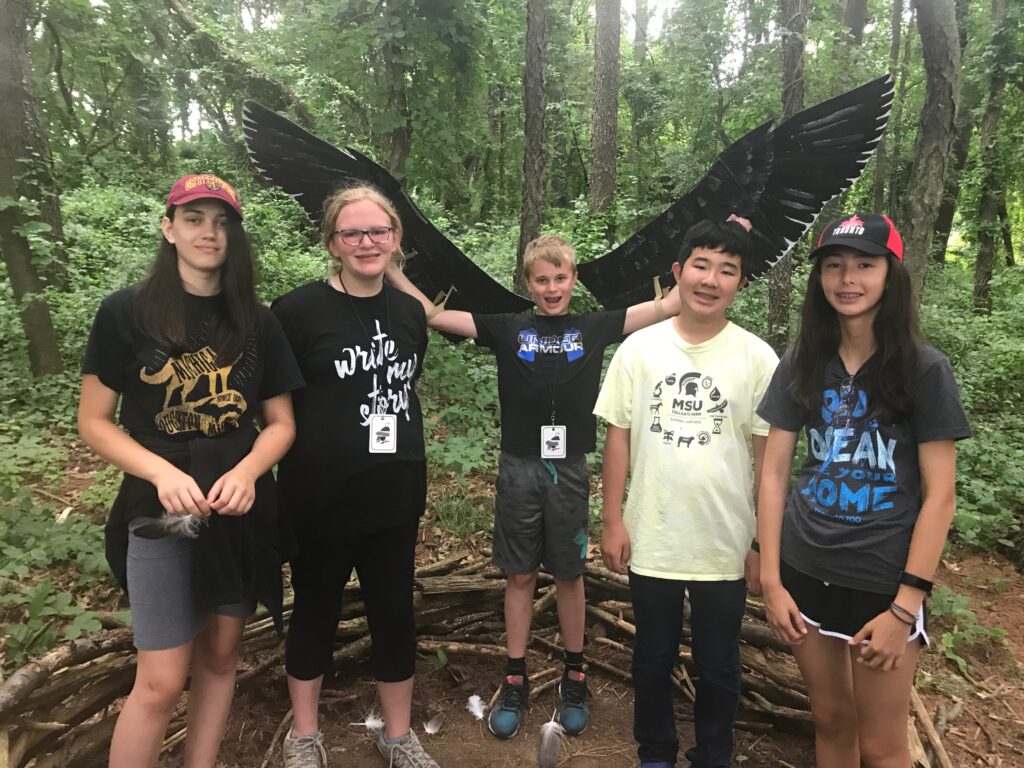
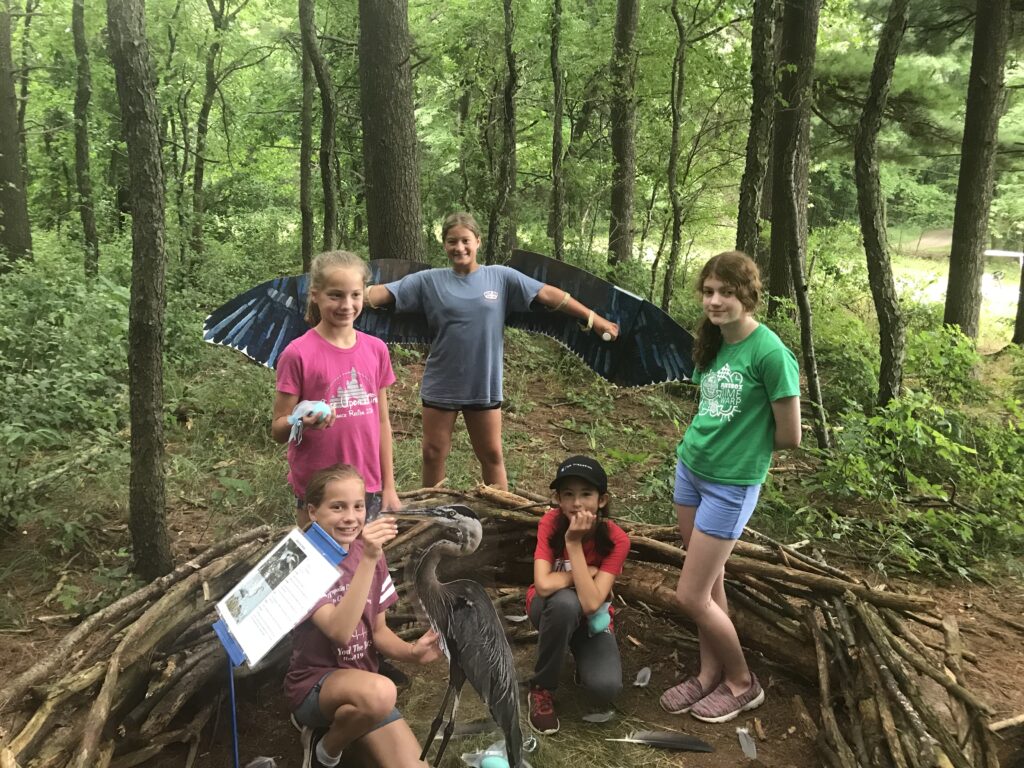
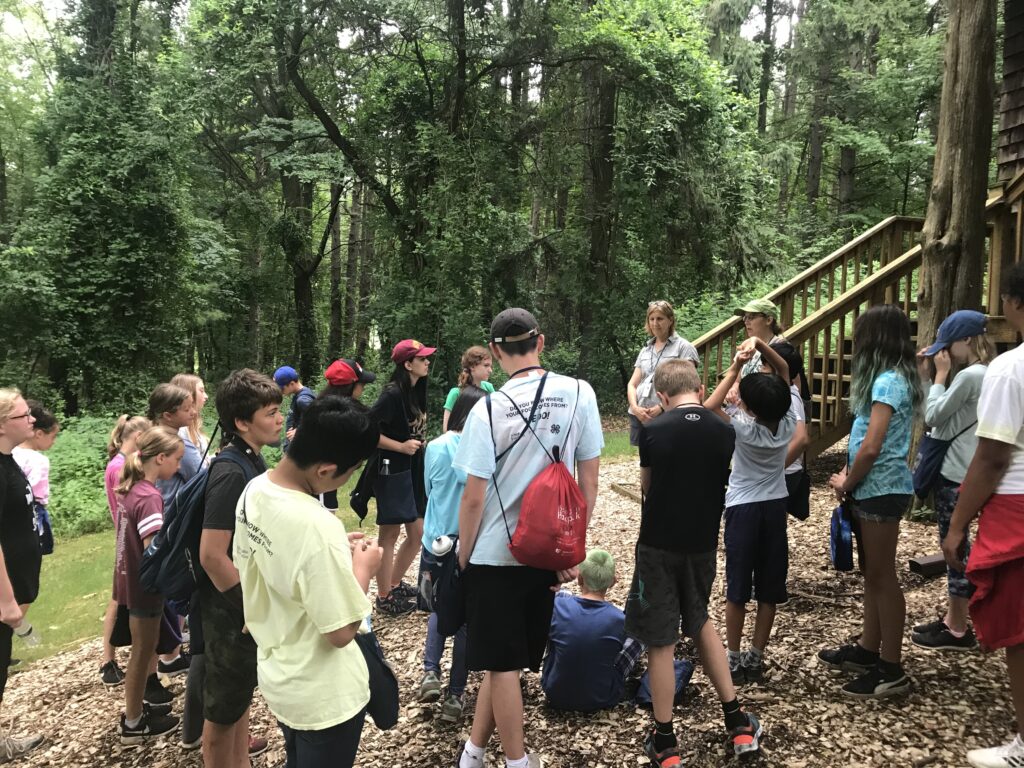
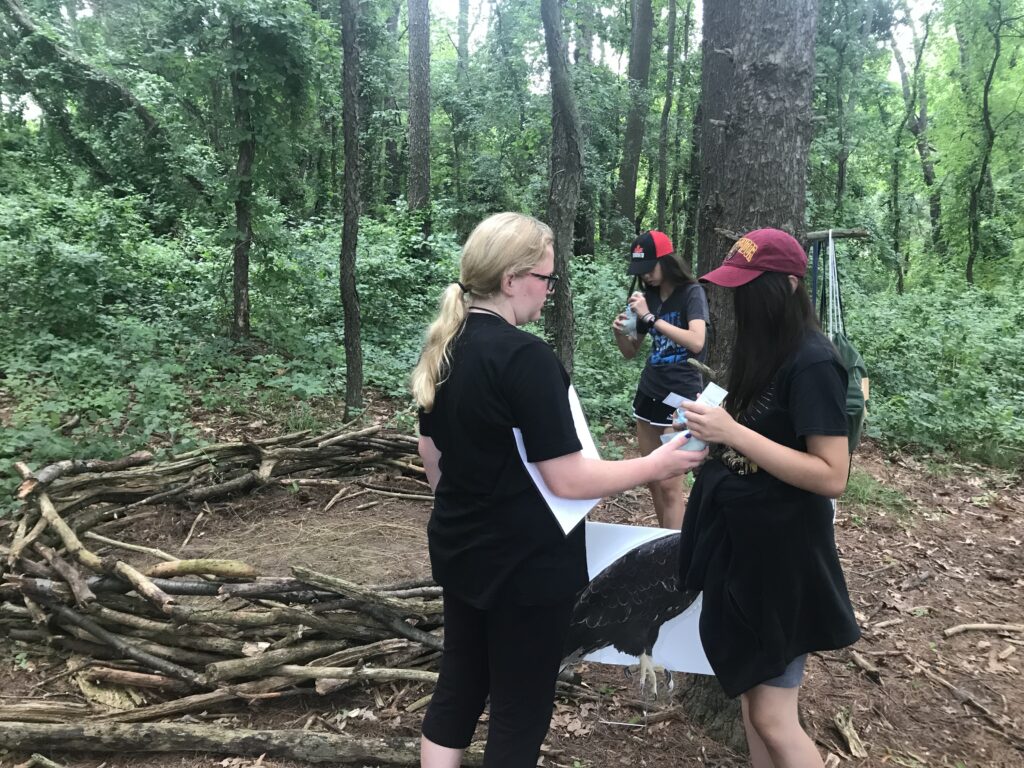
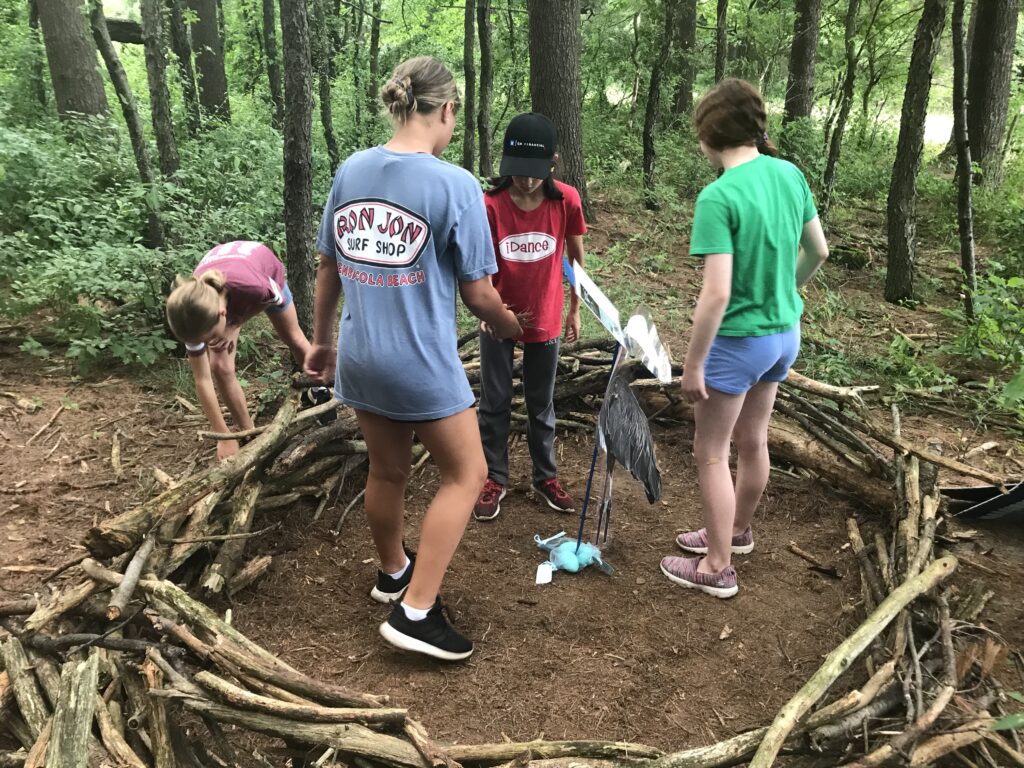
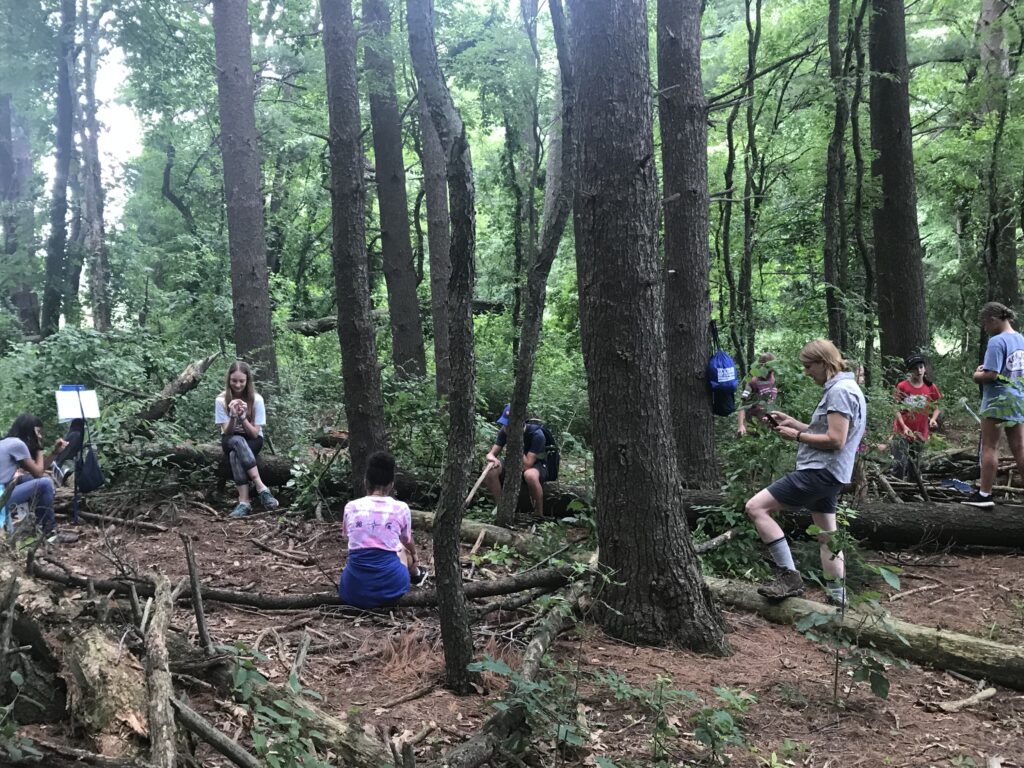
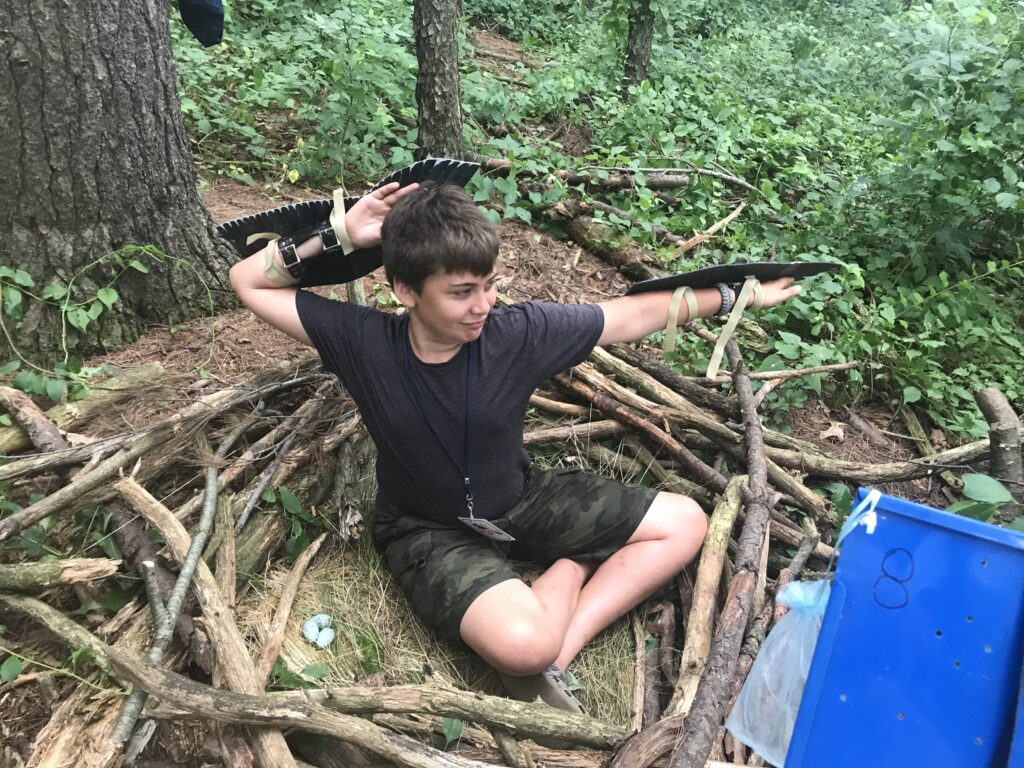
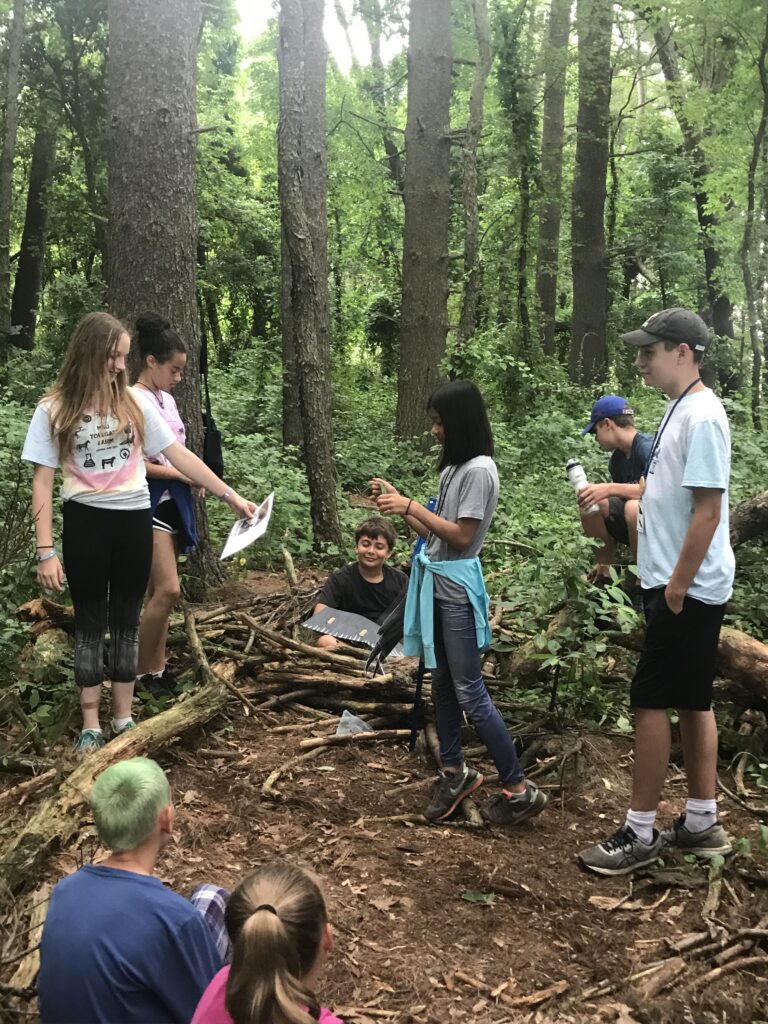
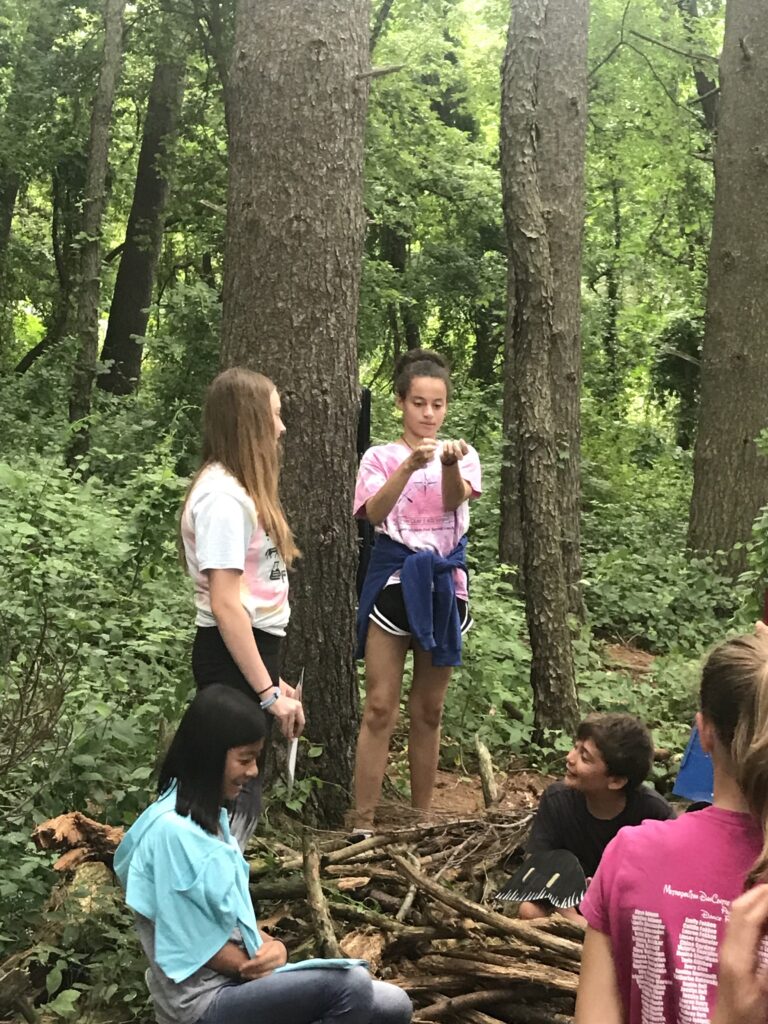
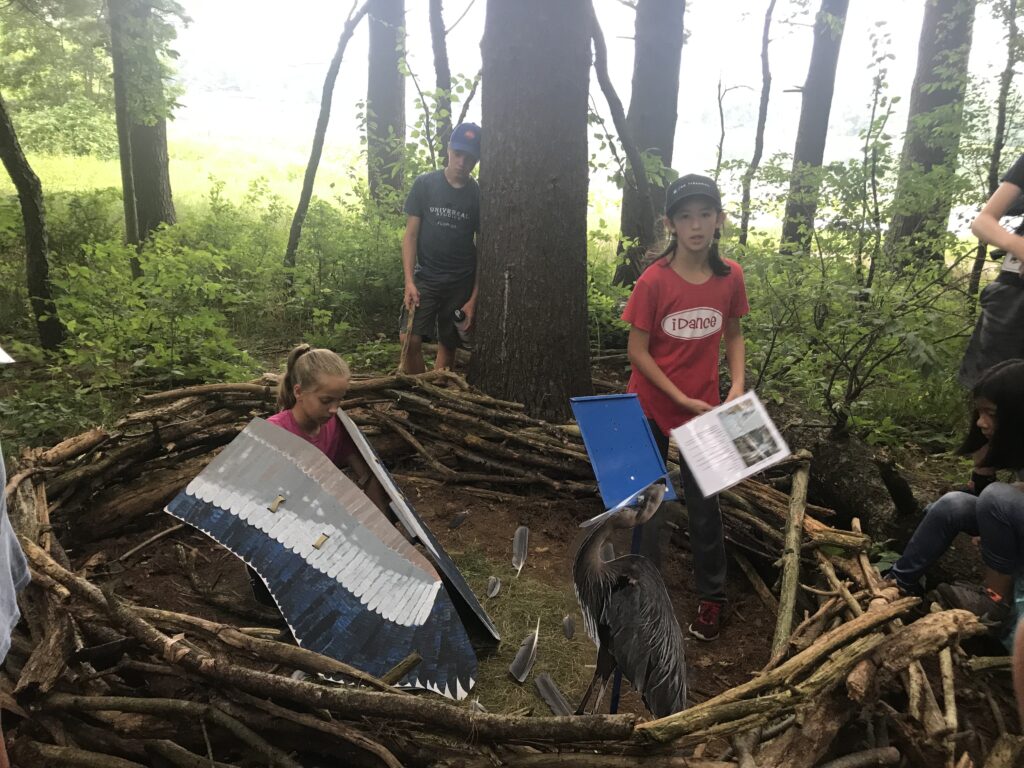
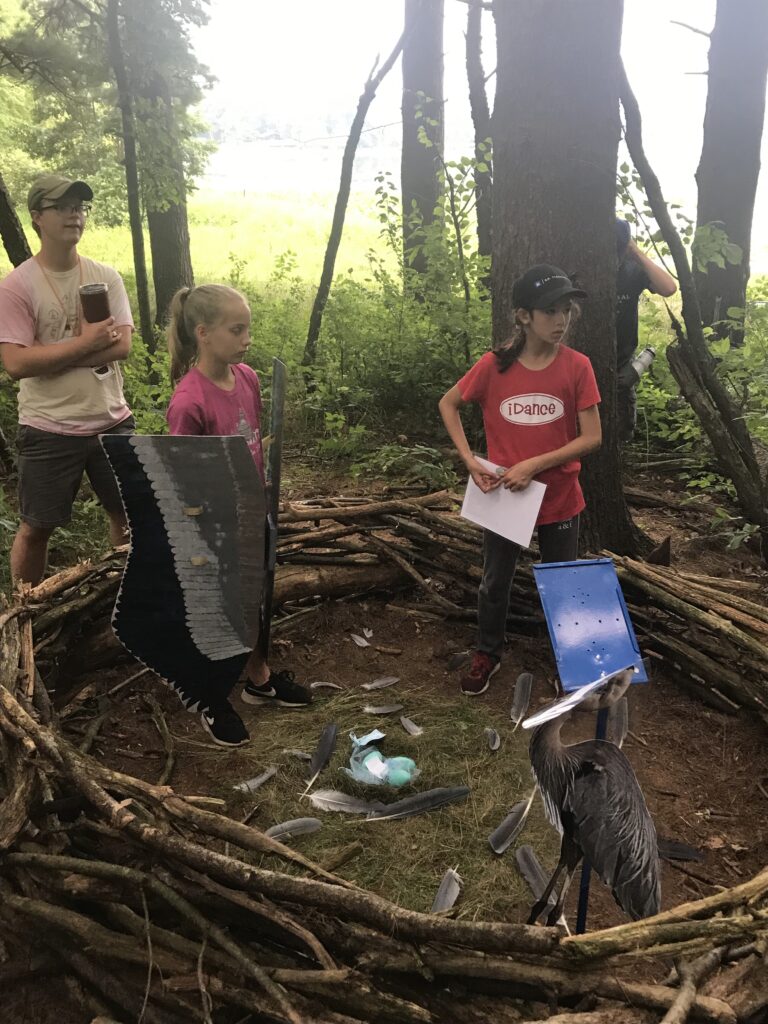
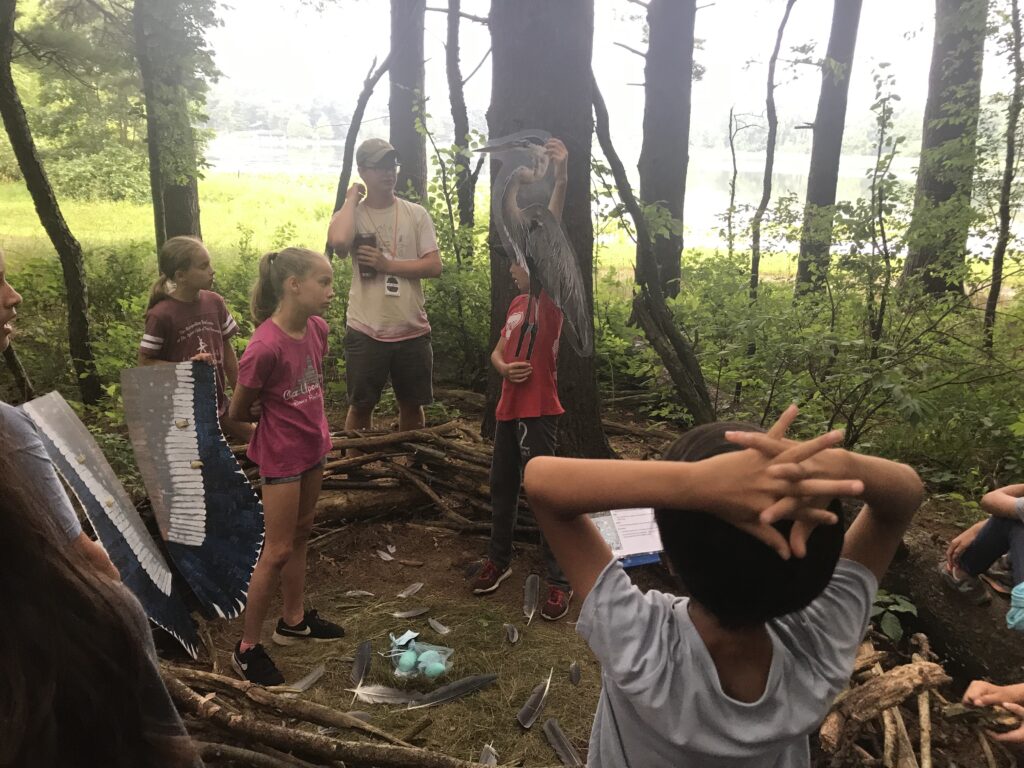
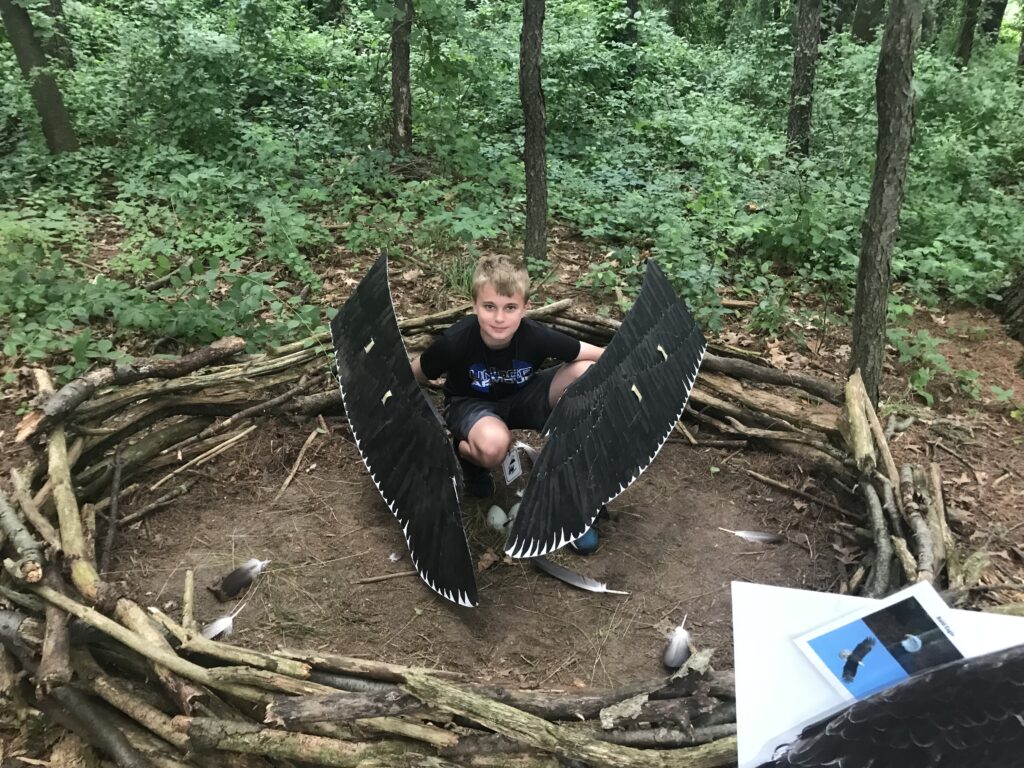
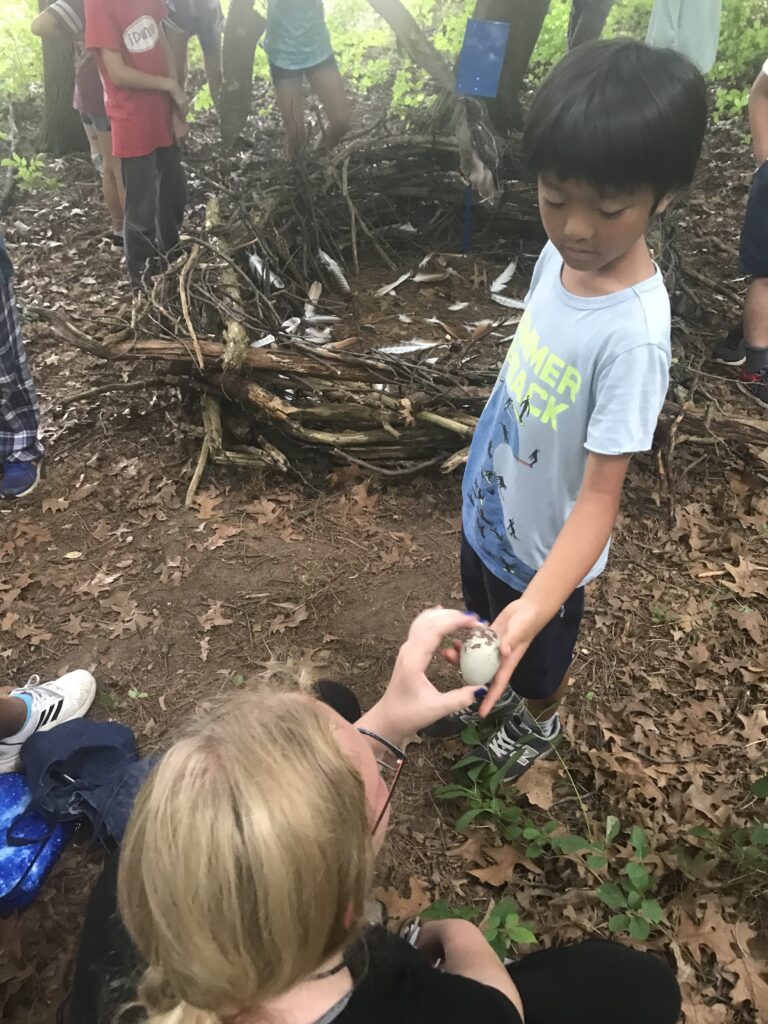
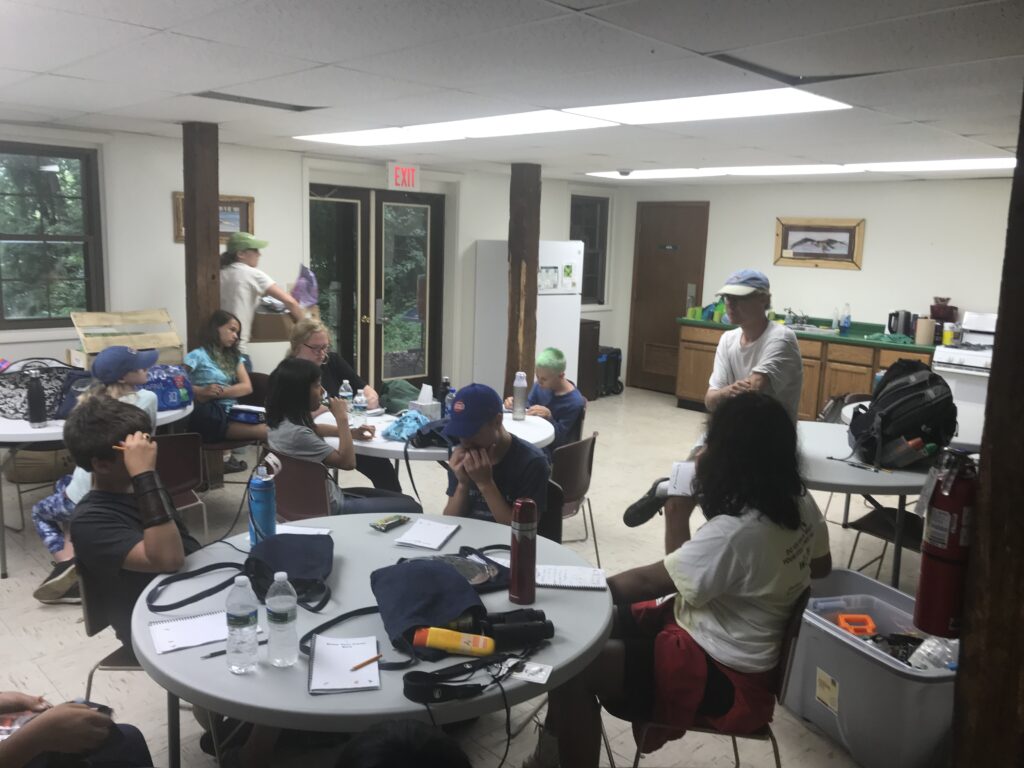
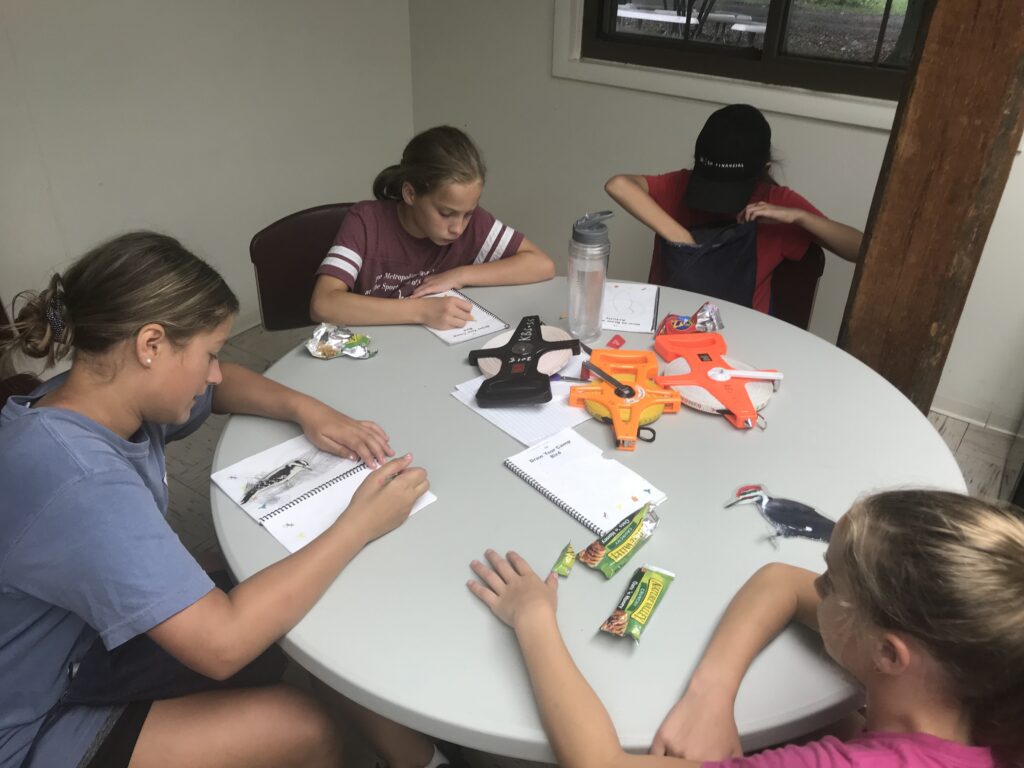
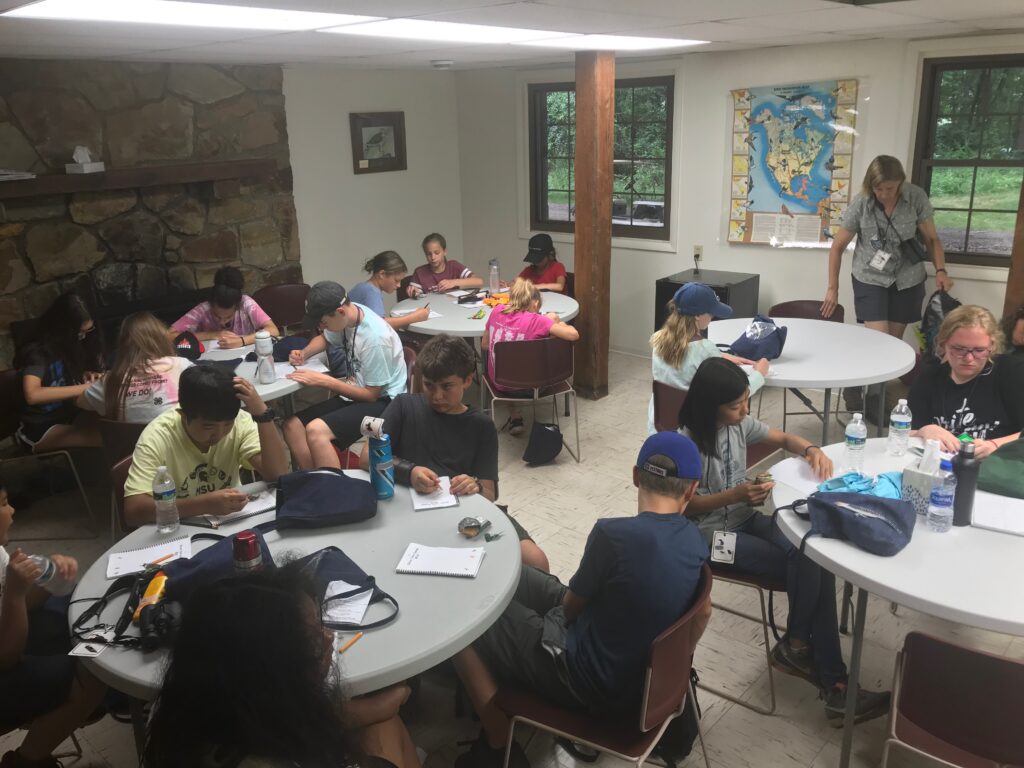
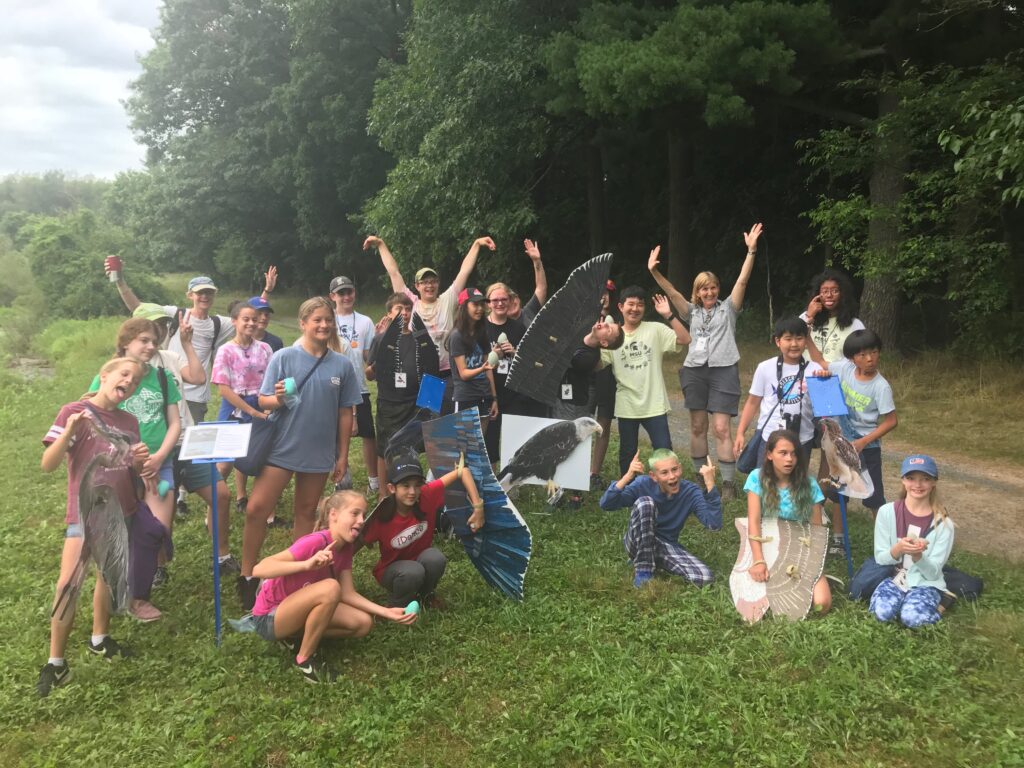
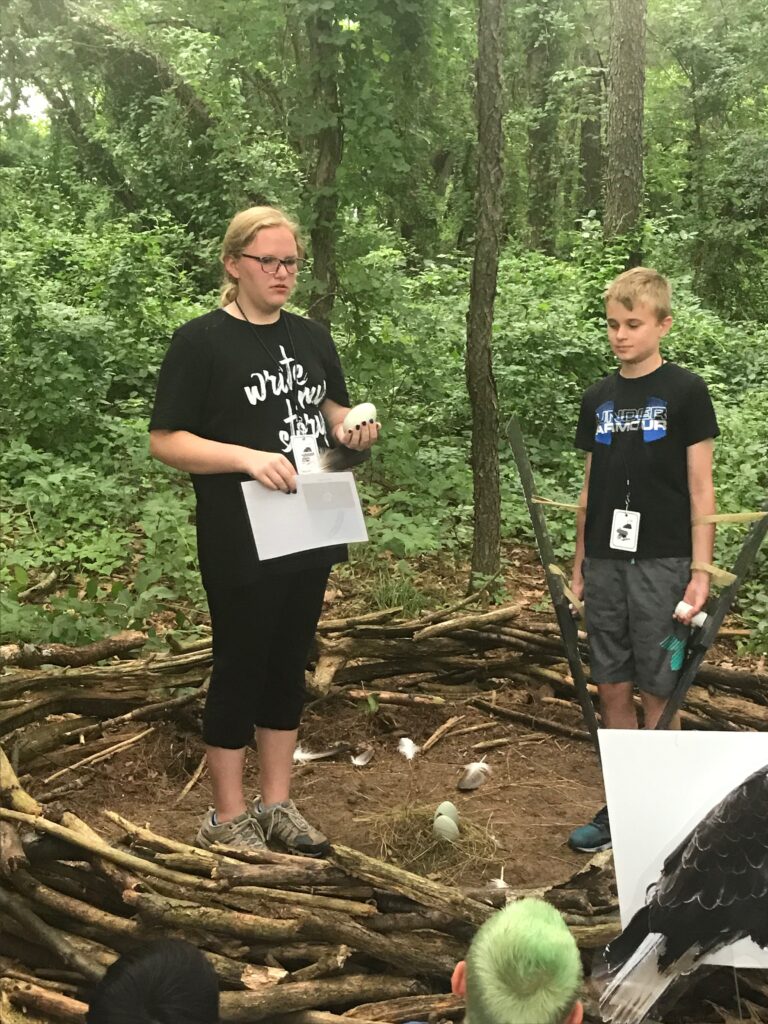
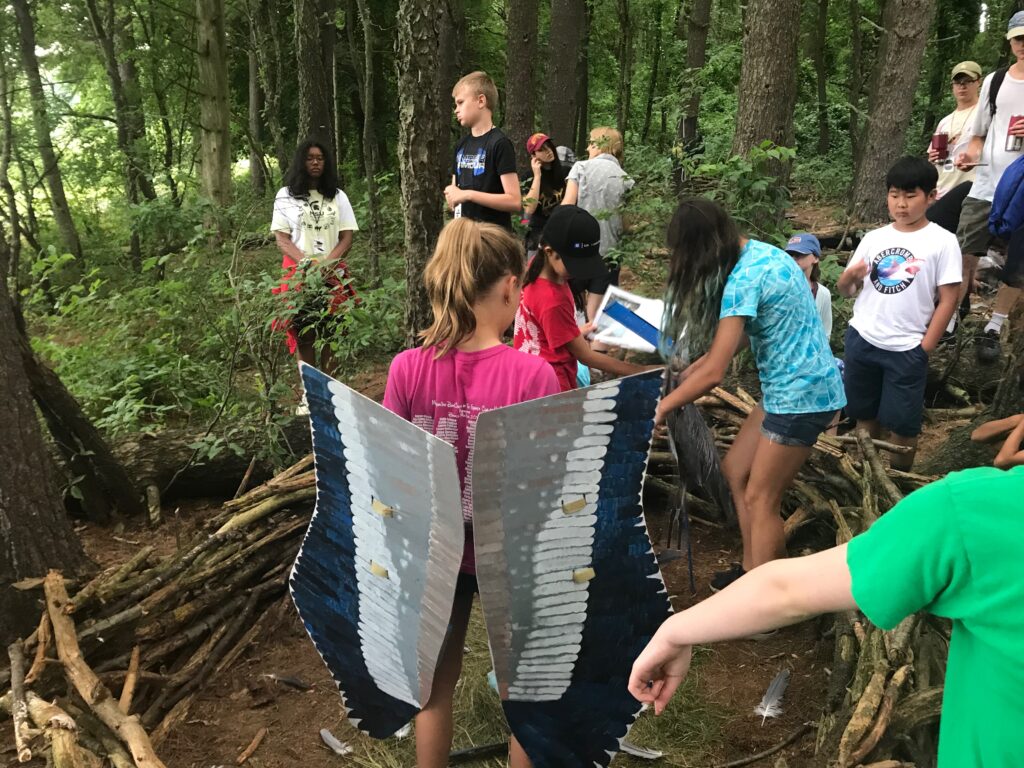
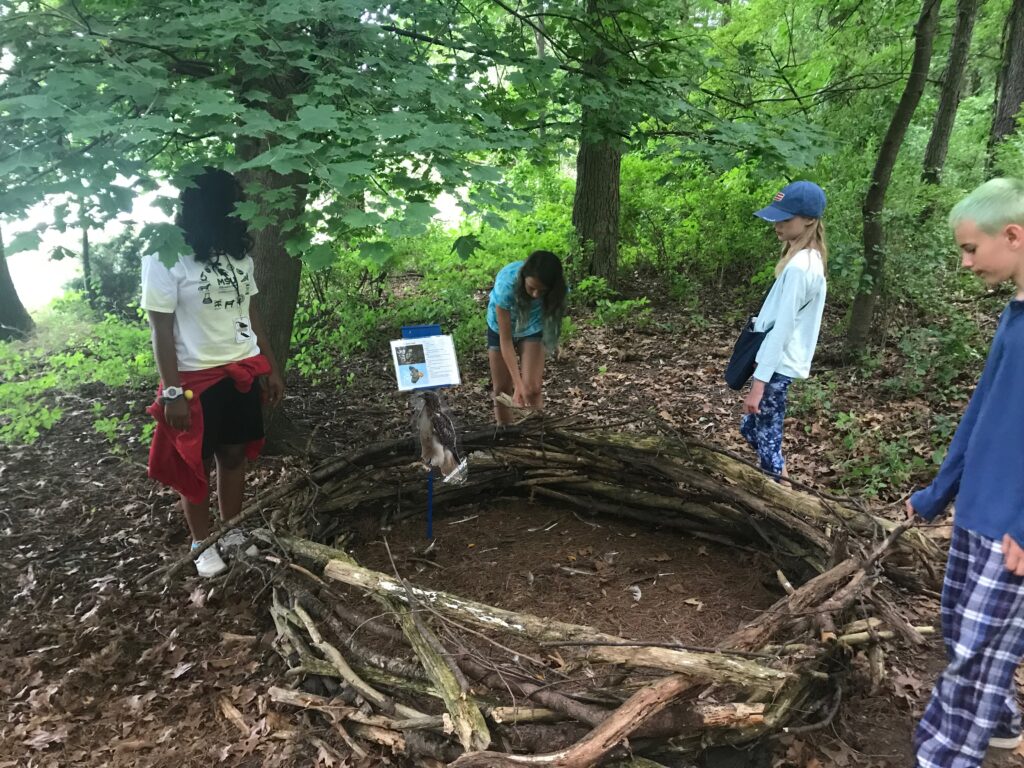
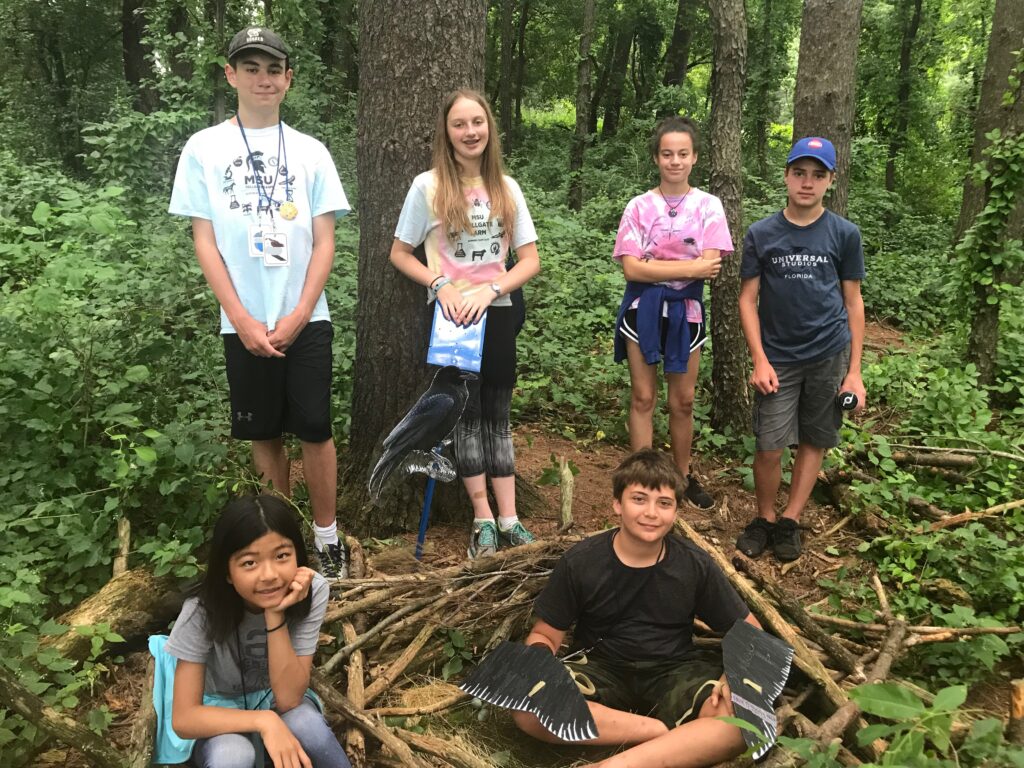
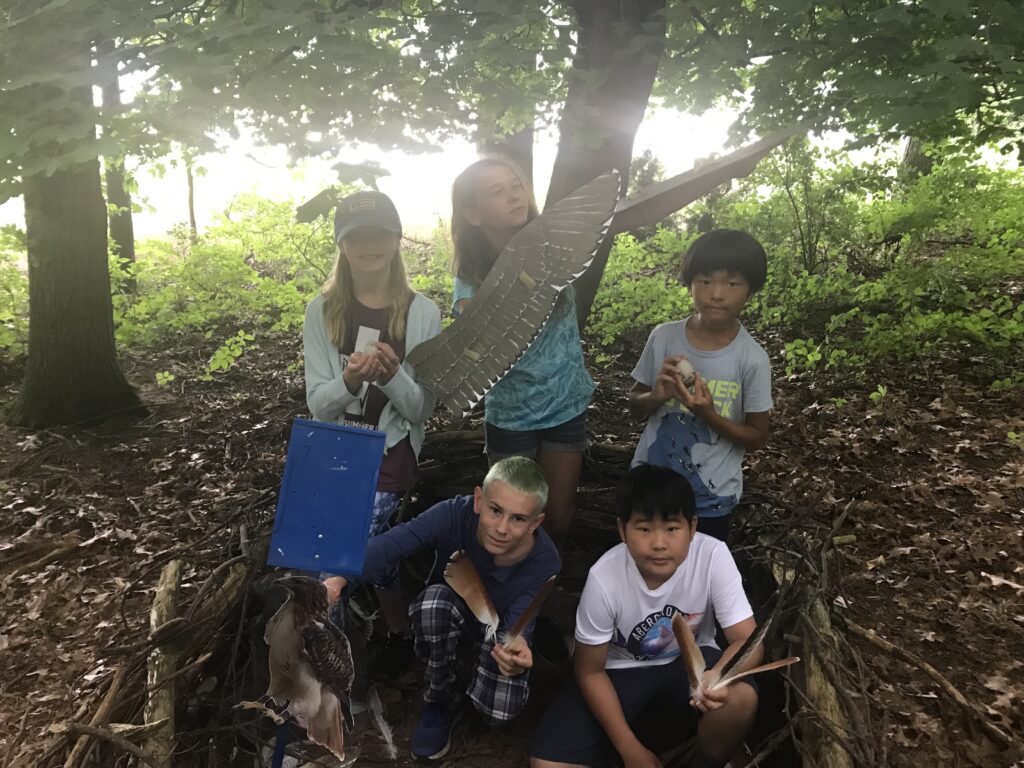



 Print
Print Email
Email
